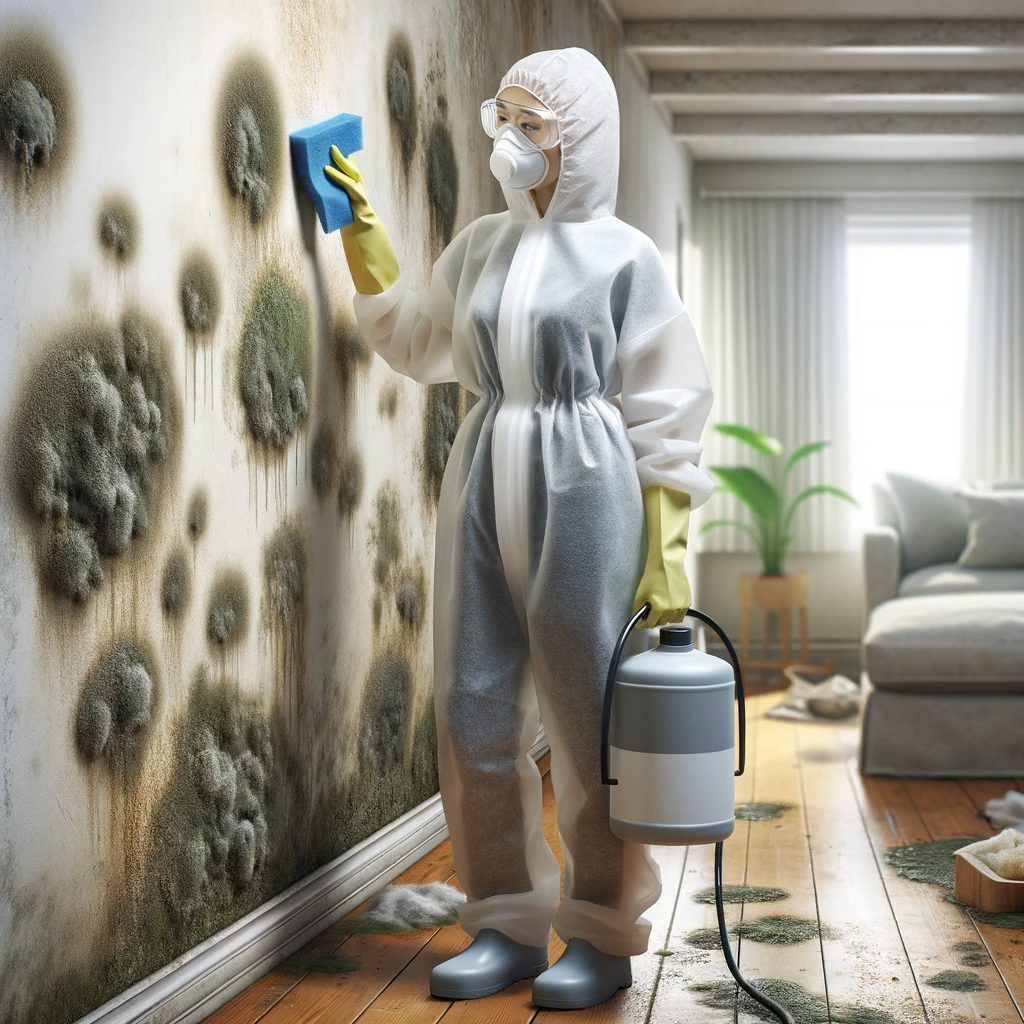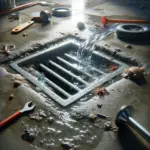
Dealing with mold in the home can be difficult and hazardous. It is important to the natural life cycle and can cause structural damage and health problems. The task can be challenging when it’s time to find a company to help remove the mold. This article explains mold and how to choose the best mold removal services for your situation.
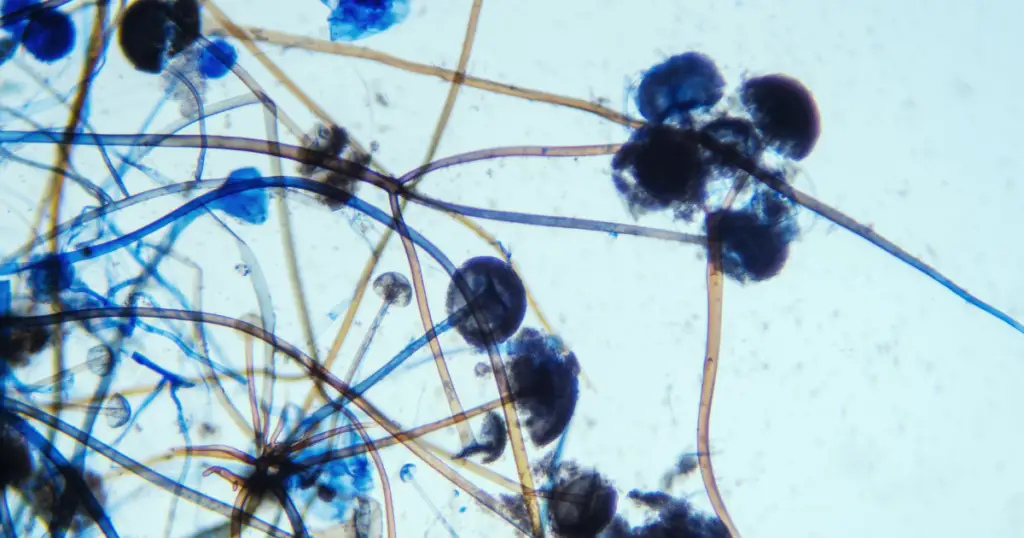
What causes mold?
Mold is caused by excess moisture or humidity. This could be from water leaks, improper ventilation, air circulation, or wet materials such as wood, paper, and fabrics. High humidity levels indoors can also lead to mold growth due to the lack of air movement. Poorly maintained heating and cooling systems are other potential causes of mold in homes.
Outdoor conditions can also contribute to the buildup of indoor mold: moist soil around a home’s foundation and high levels of nearby vegetation can trap humidity that eventually finds its way into the home.

Mold Spores & Mold Growth
Mold is made up of microscopic spores, which can be found in the air in every household. These spores are invisible to the naked eye but can spread quickly and cause health concerns when left unchecked. When conditions are favorable for growth, such as temperature, high humidity levels, and the presence of organic material, mold spores will rapidly develop into mold colonies.
Mold colonies feed off organic materials and moisture and are composed of many strands intertwined together; this is how they spread quickly across any surface area. Inhaled or ingested mold spores can cause respiratory problems, allergic reactions, skin irritation, headaches, and other illnesses.
Where does mold grow?
Mold is a type of fungi that can occur indoors and outdoors in moist, damp places. Outdoors, and mold spores are usually found on decaying plant matter, soil, or around areas of standing water. Indoors, mold thrives in dark and damp environments such as bathrooms and basements with poor ventilation. Any airflow across affected moldy surfaces can spread mold spores around the building and spread contamination. Common places for mold growth include:
- Damp walls;
- Crawl spaces;
- Ceilings;
- Floors;
- Carpets;
- Window sills;
- Refrigerator drip pans;
- Bathroom tiles;
- Attics;
- Leaky roofs, etcetera.
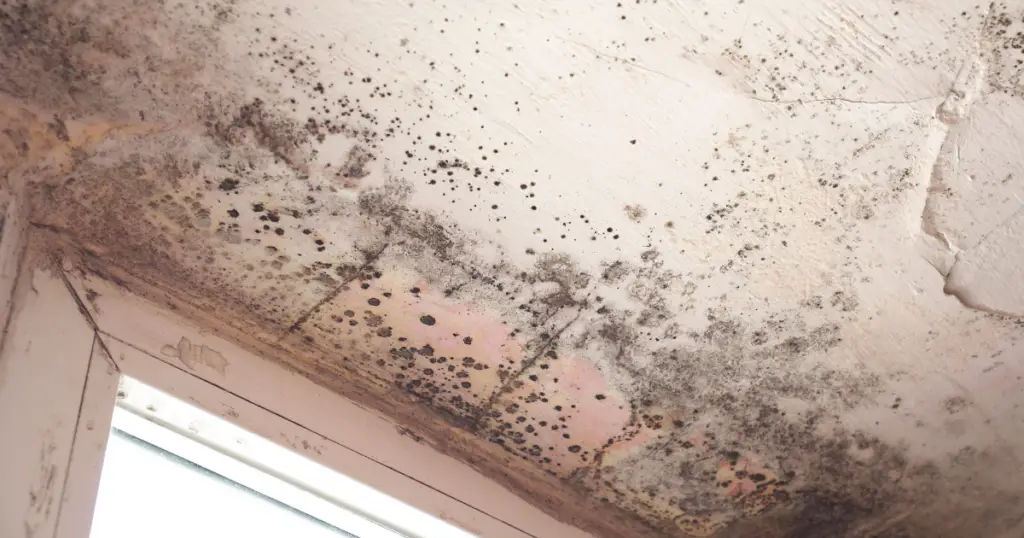
What to do if mold is growing in my house?
If you find mold growing in your house, it is important to take action immediately. If the affected area is less than 10 square feet, you may be able to remove it yourself with the appropriate safety measures. However, remember that the mold colony’s damage and size can be larger if it is located in hidden areas, which an untrained eye might miss. Therefore, a professional should handle any area larger than 10 square feet.
To minimize the growth and spread of mold, follow these steps:
- Identify the source of moisture: Eliminating the source of moisture will help prevent new colonies from growing. This could mean repairing any leaking pipes, plumbing fixtures, or roofs and improving ventilation in damp areas.
- Clean affected surfaces with detergent and water: Make sure to wear gloves and other protective equipment when cleaning. Pay special attention to corners and cracks where mold may be hidden. After washing, let the surface dry completely before replacing items that have been removed while cleaning.
- Dispose of furniture, fabrics, and other mold-infested materials: If you have any items that have been significantly damaged by mold (e.g., cushions, carpets), it is best to get rid of them as they can continue to spread spores even after being cleaned.
- Treat remaining areas with an anti-fungal solution: Some products contain chemicals that can further damage furniture or fabrics if applied incorrectly so make sure to read all instructions carefully before use. In areas where material removal is not possible, such as wall cavities or ceilings, consider removing trim boards or using specialized paint formulated to prevent, so mold growth on interior walls or surfaces like cement board or plasterboard when repainting rooms affected by mold growth.
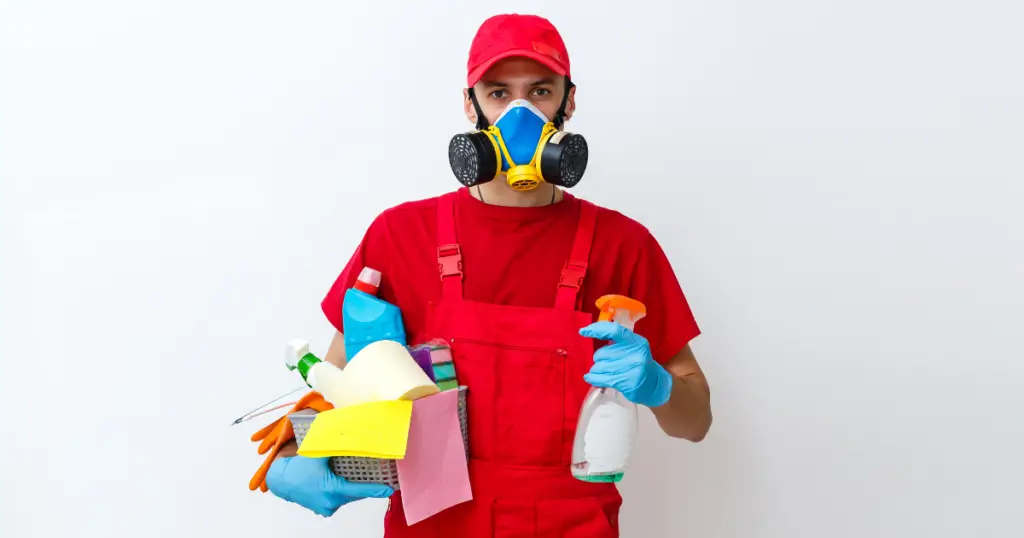
What to look for in a mold remediation company?
When selecting a professional mold remediation expert, knowing what to look for is important. Specializing in mold remediation: Choosing an experienced and reliable company is important. Here are some tips for finding the best one for your needs:
- Select a company specializing in mold remediation: It is important to choose an experienced and reliable company with adequate resources and expertise specific to mold remediation services. Research their licensing, certifications, training, and experience in this field before signing any contracts.
- Ask about their process: Make sure the company you choose follows recommended protocols outlined by professional organizations such as the Institute of Inspection Cleaning and Restoration Certification (IICRC) or the American Industrial Hygiene Association (AIHA). Check if they also use EPA-registered fungicides when treating areas affected by mold.
- Request references: Maintaining good customer relationships is key in this line of work, so they have satisfactory references from previous customers or clients that can attest to their service quality standards.
- Discuss pricing options: Do not be afraid to ask questions related to pricing and payment plans; be clear on how long the job will take before settling on a price tag, particularly if there are any additional charges added during later stages of the process. Negotiate the most beneficial terms for both parties before proceeding with any contracts or agreements.
- Ensure they have the right equipment and tools: Ask if they have specialized equipment such as air scrubbers, HEPA (High-Efficiency Particulate Air) vacuums, and moisture measurement devices to ensure the highest quality of service.
- Consider their compliance with safety regulations: Ask about the company’s safety protocols and procedures during the remediation process. Ensure they use appropriate protective gear and products that comply with local laws and regulations for safe disposal afterward.
- Ask about warranties: Most reputable mold remediation providers offer some form of warranty for their services; inquire about any related guarantees or protections that may be included in the contract.
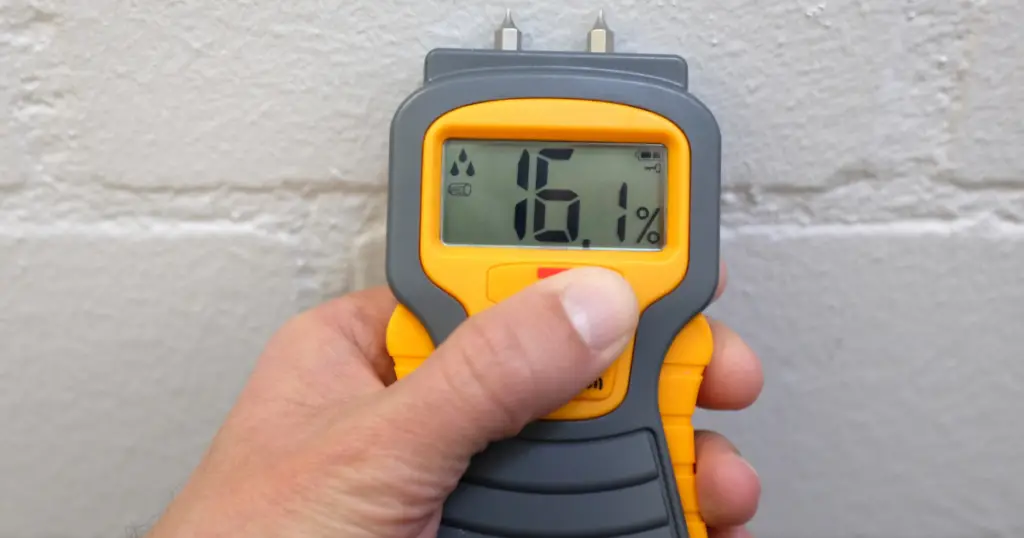
Mold Inspection – What should you know?
Mold inspection is an important step in assessing the presence of mold in a home or building. Here are some key factors to consider when getting a mold inspection:
- Have a trained professional inspect your property: A certified mold inspector should be hired for any environmental remediation, as their comprehensive knowledge and expertise can inform you about the amount of contamination, moisture sources causing the problem, containment protocols necessary for the safe removal of mold, and other issues specific to your property.
- Know what type of testing will be done: Some mold inspectors may only offer “visual” or “air-o-cell” inspections, while others may offer “destructive” or “tape lift” testing; make sure you understand what type of testing is being offered and why.
- Ask questions about the results: Make sure to ask questions if any findings seem unusual or incomplete; make sure to understand all steps required for mold remediation so you know what you will be paying for.
- Understand the scope of work: It is important to understand everything that will be included before signing any contracts with a remediation company; this includes understanding how long it will take to complete each step and what safety protocols will be observed throughout the process.
- Get advice on repair costs: The inspector should estimate potential repairs required due to dampness or water damage before beginning any remediation process; get several estimates from different companies in case additional services might be needed later down the line.
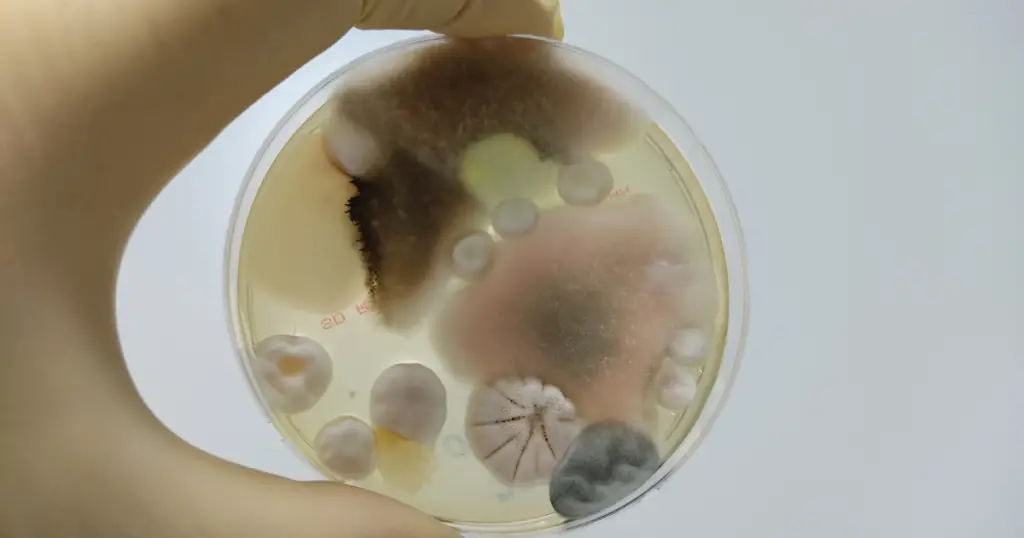
How do experts test for mold?
Experts test for mold in various ways, depending on the type and severity of the issue. The most common methods used for testing include visual assessment, air sampling, swab sampling, bulk sampling, and tape lift tests. Here is a brief overview of each type of mold testing:
- Visual Assessment: This method involves an experienced inspector closely examining all areas that may be prone to water damage or dampness.
- Air Sampling: An air sample involves taking a sample of air from the property to determine which types of spores are present.
- Swab Sampling: This method requires taking a swab from any visible or suspected areas of contamination; this sample is then analyzed under a microscope to detect any traces of spores.
- Bulk Sampling: Bulk sampling involves collecting small pieces of material such as insulation or drywall that may have been exposed to water damage and analyzing them for mold growth.
- Tape Lift Tests: This method entails using special adhesive tape to collect samples directly from contaminated surfaces; these samples can be viewed under a microscope to check for any signs of growth or discoloration on the surface area in question.
- Infrared Scanning: This method utilizes thermal imaging to detect temperature differences that may indicate the presence of mold.
- Water Sampling: This method involves taking a sample of any standing water where mold could potentially be present, and then analyzing it for any growths or discoloration.
- Carbon Dating: This test uses carbon-14 isotopes to date the age of contaminated materials, allowing experts to determine how long the mold has been present.
- Spore Traps: Spore traps are small devices used to sample air to detect and measure airborne spores, accurately indicating the level of contamination at a given location.
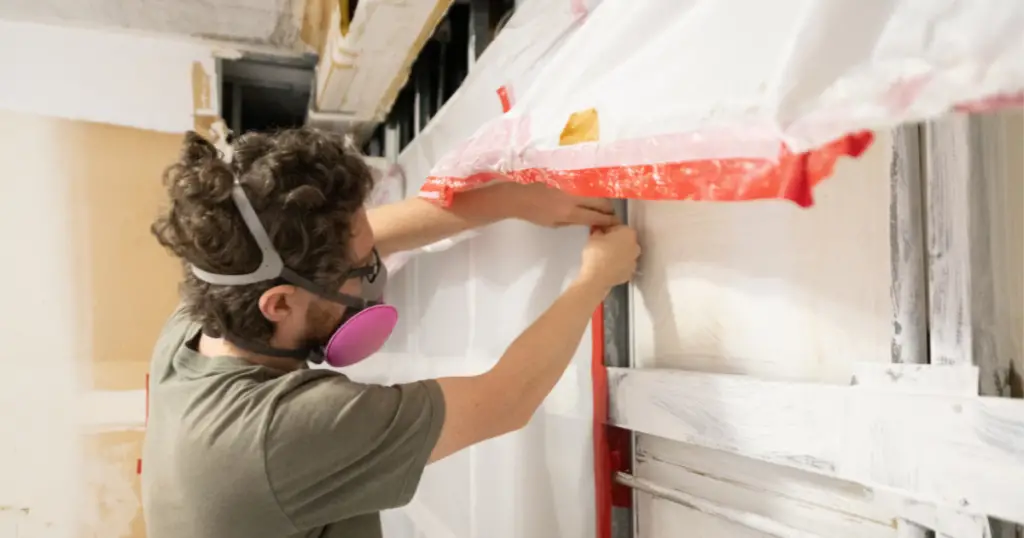
How does the mold removal process work?
The mold removal process identifies, assesses, and eliminates the mold from a given area. Professional mold remediation services involve several steps:
Inspecting the Area
During the inspection stage, a qualified professional will identify the presence of mold using any of the methods previously mentioned (infrared scanning, water sampling, carbon dating, and spore traps).
Removing Contaminated Materials
After the mold is identified, appropriate containment procedures are put in place to help prevent further spreading. This can involve sealing off areas with plastic sheeting and utilizing negative air pressure machines to ensure that airborne contaminants don’t escape into other parts of the home/building.
Mold Cleanup & Sanitizing Surfaces
Mold-contaminated surfaces must be cleaned and sanitized using EPA-approved products. This includes walls, floors, furniture, and other items that may have been exposed to moisture or standing water.
Drying Out Affected Areas
Any wet spots must be dried out completely to prevent further mold growth.
Applying an Anti-Mold Solution
An anti-mold solution is applied to affected surfaces to inhibit future growth and reduce the chances of recontamination from spores in the air.
Testing for Residual Mold
Once all steps have been completed, professionals will conduct residual tests to ensure that all spores have been eliminated and there are no lingering areas of contamination.
Please note that available mold-related services vary by specific State and Servpro franchise. State and local laws may require a mold remediation license and mold assessments to be performed by a third party.

Does Mold Remediation work?
Yes! Mold remediation can be successful in addressing and eliminating any damage caused by the presence of mold in a home or business. Removing mold is not easy and requires professional assistance from experienced mold removal companies.
Mold cleanup typically involves several steps to ensure that all active colonies are effectively removed, including inspection, containment, remediation, and clearance testing. The exact process employed may vary depending on the extent of the problem and the type of affected material, but it usually begins with identifying the source of the issue before proceeding to contain and remove any contaminated materials.
Professional mold remediation companies will then employ various methods such as scrubbing surfaces, using cleaning agents, or removing entire sections of infested material (such as drywall or carpeting) to eliminate all traces of mold growth. Finally, clearance testing is conducted to determine if any dangerous levels are still present before giving a clean bill of health for individuals living/working in the area again.
Is a mold test worth it?
Mold testing is highly recommended for anyone who suspects they may have a mold issue – and it is definitely worth the cost. A professional mold inspector can accurately assess the presence of mold, allowing you to address any potential problems before they become too severe. In addition to identifying active colonies, a mold test can also determine the type of mold present, which will help inform the best course of action for remediation.
Knowing what kind of mold you are dealing with allows for proper containment, cleaning, and removal processes to clear the contamination area effectively. A mold test is invaluable in ensuring that your home or business remains a safe and healthy place for everyone living/working there.
Can mold be completely and permanently removed?
Yes, with the right mold remediation process. Mold infestation can cause major damage if not properly addressed, so it is important to take swift action when signs of a problem are detected.
Depending on the severity of the issue, a professional mold removal company may use methods such as scrubbing surfaces, using cleaning agents, or completely removing damaged materials to eliminate any active colonies.
It is also essential to have an air quality test done afterward to ensure that all traces of unhealthy mold spores have been removed from the environment. With an effective mold remediation process in place, it is possible to completely and permanently remove any existing infestations.
Can mold come back after remediation?
While mold remediation can eliminate existing problems and restore a healthy environment, it is important also to take steps to prevent future infestations. Even after successful remediation, there is still the potential for spores to spread and create a new mold problem.
How do I prevent mold growth?
Mold growth can be prevented with the right mold mitigation strategies. Here are some actionable steps you can take to keep your home or business free of mold:
- Reduce humidity levels by using dehumidifiers and controlling ventilation.
- Fix any water leaks and drips in plumbing fixtures as soon as possible.
- Keep windows, doors, and other openings sealed tightly when possible to reduce moisture build-up indoors.
- Regularly inspect areas prone to mold such as basements and bathrooms for signs of infestation.
- Clean surfaces regularly to remove mold spores before they can settle and grow.
- Hire a mold remediation professional if you suspect a problem.
Can you safely remove mold yourself?
In certain cases, it may be possible to remove mold yourself safely. However, if the infestation is extensive or in an area difficult to access, it is strongly recommended that you seek professional help from a certified mold remediation specialist.
How much does it cost to remove the mold?
The cost to remove mold varies depending on the extent of the infestation and the type of mold present. Generally, professional mold remediation services can range anywhere from a few hundred dollars to thousands of dollars, depending on the remediation process needed. If you have an extensive infestation, it is recommended that you contact several different mold professionals for quotes to get the best deal.
Call a Professional
If you find that you have a mold infestation in your home, the best course of action is to call a professional mold specialist. A qualified mold specialist will be able to assess your problem and provide comprehensive solutions to remediate the issue properly. They will also be able to help protect you from any potential safety hazards related to the type of mold present in your home.
[/et_pb_text][/et_pb_column][/et_pb_row][/et_pb_section]
